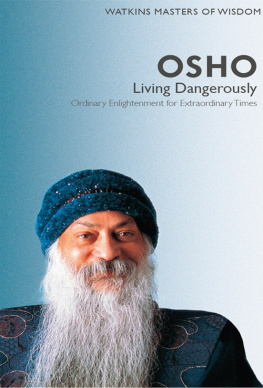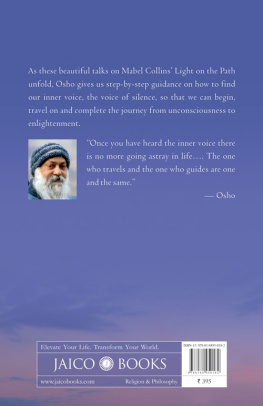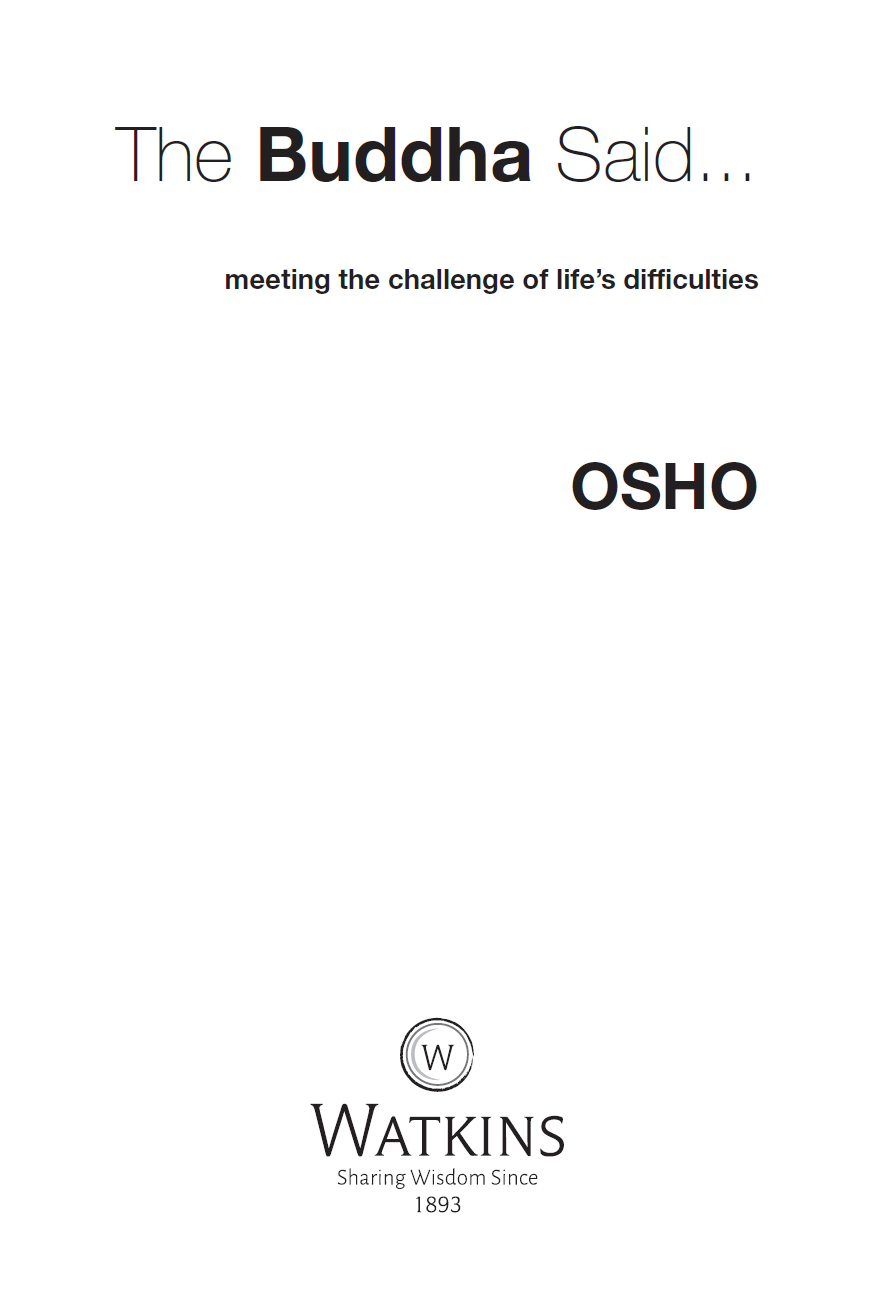The Buddha Said...
ABOUT THE AUTHOR
The osho teachings defy categorization, covering everything from the individual quest for meaning to the most urgent social and political issues facing society today. his books are not written but are transcribed from audio and video recordings of extemporaneous talks given to international audiences over a period of 35 years. osho has been described by the Sunday Times in London as one of the 1,000 Makers of the 20th Century and by American author tom robbins as the most dangerous man since Jesus Christ.
About his own work osho has said that he is helping to create the conditions for the birth of a new kind of human being. he has often characterized this new human being as Zorba the buddha capable both of enjoying the earthy pleasures of a Zorba the Greek and the silent serenity of a Gautama buddha. running like a thread through all aspects of oshos work is a vision that encompasses both the timeless wisdom of the east and the highest potential of Western science and technology.
osho is also known for his revolutionary contribution to the science of inner transformation, with an approach to meditation that acknowledges the accelerated pace of contemporary life. his unique Active Meditations are designed to first release the accumulated stresses of body and mind, so that it is easier to experience the thought-free and relaxed state of meditation.
This edition first published in the UK and USA 2015 by
Watkins, an imprint of Watkins Media Limited
19 Cecil Court
London WC2N 4EZ
Text Copyright The Osho International Foundation 2007
Osho is a registered trademark of Osho International Foundation
Source of the Sutra:
Sermons of a Buddhist Abbot The Classic of American Buddhism
by Soyen Shaku
Introduction by Taitetsu Unno
Three Leaves (Random House USA) published September 2004
ISBN: 0-385-51048-9
Material in this volume has been selected from an original
series of talks entitled The Discipline of Transcendence.
All rights reserved.
No part of this book may be reproduced or utilized in any form
or by any means, electronic or mechanical,
without prior permission in writing from the Publishers.
US - 5 7 9 10 8 6
UK -7 9 10 8
Designed by Jerry Goldie
Typeset by Dorchester Typesetting Group
Printed and bound in the United Kingdom
british Library Cataloguing-in-Publication data available
UK ISBN: 978-1-84293-112-7
US ISBN: 978-1-84293-115-8
www.watkinspublishing.com
CONTENTS
Chapter 1:
The Most Excellent Way
T HE B UDDHA SAID :
To be free from the passions and to be calm, this is the most excellent way. Those who leave their parents, go out of the home, understand the mind, reach the source, and comprehend the immaterial, are called shramanas. Those who observe the precepts of morality, who are pure and spotless in their behavior, and who exert themselves for the attainment of the fruits of saintship are called arhats.
Next is the anagamin. At the end of his life, the spirit of the anagamin ascends to the heaven and obtains arhatship.
Next is the skridagamin. The skridagamin ascends to the heaven (after his death), comes back to the earth once more, and then attains arhatship.
Next is the srotapanna. The srotapanna dies seven times and is born seven times, when he finally attains arhatship. By the severance of passions is meant that like the limbs severed they are never again made use of.
Gautama Buddha is like Gourishankar, the highest peak of the Himalayas. He is one of the purest beings, one of the most virgin souls, a rare phenomenon on this earth. The rarity is that Buddha is a scientist of the inner world a scientist of the spirit. That is a rare combination. To be religious is simple, to be a scientist is simple but to combine, to synthesize these two polarities is incredible. It is unbelievable, but it has happened.
Buddha is the richest human being that has ever lived; rich in the sense that all the dimensions of life are fulfilled in him. He is not one-dimensional.
There are three approaches towards truth. One is the approach of power, another the approach of beauty, and the third the approach of grandeur.
The scientific approach is the search for power; thats why Lord Bacon said knowledge is power. Science has made man very powerful, so much so that man can destroy the whole planet earth. For the first time in the history of consciousness man is capable of committing a global suicide, a collective suicide. Science has released tremendous power. Science is continuously searching for more and more power. This too is an approach towards truth, but a partial approach.
Then there are poets, mystics, people with an aesthetic sense. They look at truth as beauty Jalaluddin Rumi and Rabindranath Tagore and others, who think that beauty is truth. They create art, they create new sources of beauty in the world. The painter, the poet, the dancer, the musician, they are also approaching truth but from a totally different dimension than power.
The poet is not like the scientist. The scientist works with analysis, reason, observation. The poet functions through the heart, trust, love through the irrational. He has nothing to do with mind and reason.
The greater part of religious people belong to the second dimension. The Sufis, the Bauls they all belong to the aesthetic approach. Hence so many beautiful mosques, churches, cathedrals, temples like Ajanta and Ellora they were created by religious people. Whenever religious activity predominates, art is created, music is created, great painting is created; the world becomes a little more beautiful. It doesnt become more powerful, but it becomes more beautiful, more lovely, more worth living.
The third approach is that of grandeur. The old Bible prophets Moses, Abraham; Islams prophet Mohammed; Krishna and Ram in Hinduism their approach is through the dimension of grandeur, through the awe that one feels looking at this vastness of the universe. The Upanishads, the Vedas, they all approach the world of truth through grandeur. They are full of wonder. The universe is unbelievably there, with such grandeur, that you can only bow down before it nothing else is possible. One simply feels humble, reduced to nothing.
These are the three dimensions ordinarily available to approach truth. The first dimension creates the scientist, the second the artist, and the third the prophets. The rarity of Buddha consists of this that his approach is a synthesis of all the three, and not only a synthesis but it goes beyond the three.
Buddha is a rationalist. Hes not like Jesus and he is not like Krishna hes absolutely a rationalist. Einstein, Newton or Edison would not find any flaw in his reasoning. Any scientist will be immediately convinced of his truth. His approach is purely logical, he convinces the mind. You cannot find a loophole in him.
Somebody has sent me a beautiful anecdote about a famous actor and atheist, W. C. Fields.
He was doing a tour of the United States. One day his manager came into his hotel room and was shocked to see him reading a copy of the Gideon Bible.
Bill! he said, What the hell are you doing? I thought you were an atheist.
Fields replied, Just looking for loopholes, just looking for loopholes.
But you cannot look for a loophole in the Buddha. Yes, you can look for loopholes in Jesus, there are many because Jesus believes, trusts, he has faith. He is simple like a child. There is no argument within him. The proof exists, but there is no argument for it. His whole being is his proof.
Next page
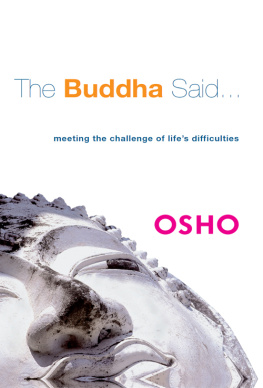
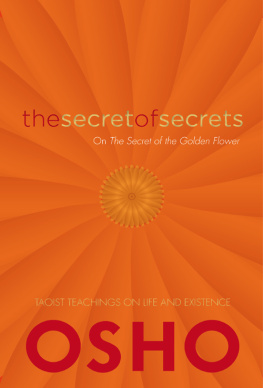
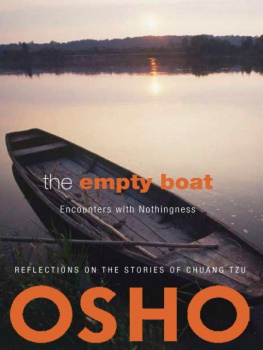
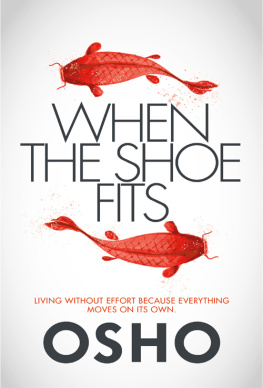
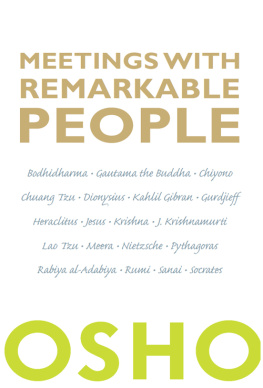
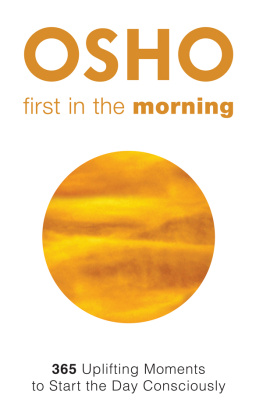
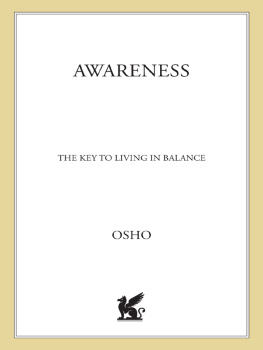


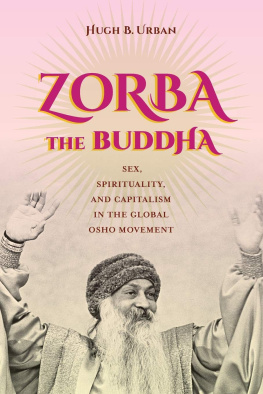
![Osho [Osho] - The Art of Dying](/uploads/posts/book/114253/thumbs/osho-osho-the-art-of-dying.jpg)
